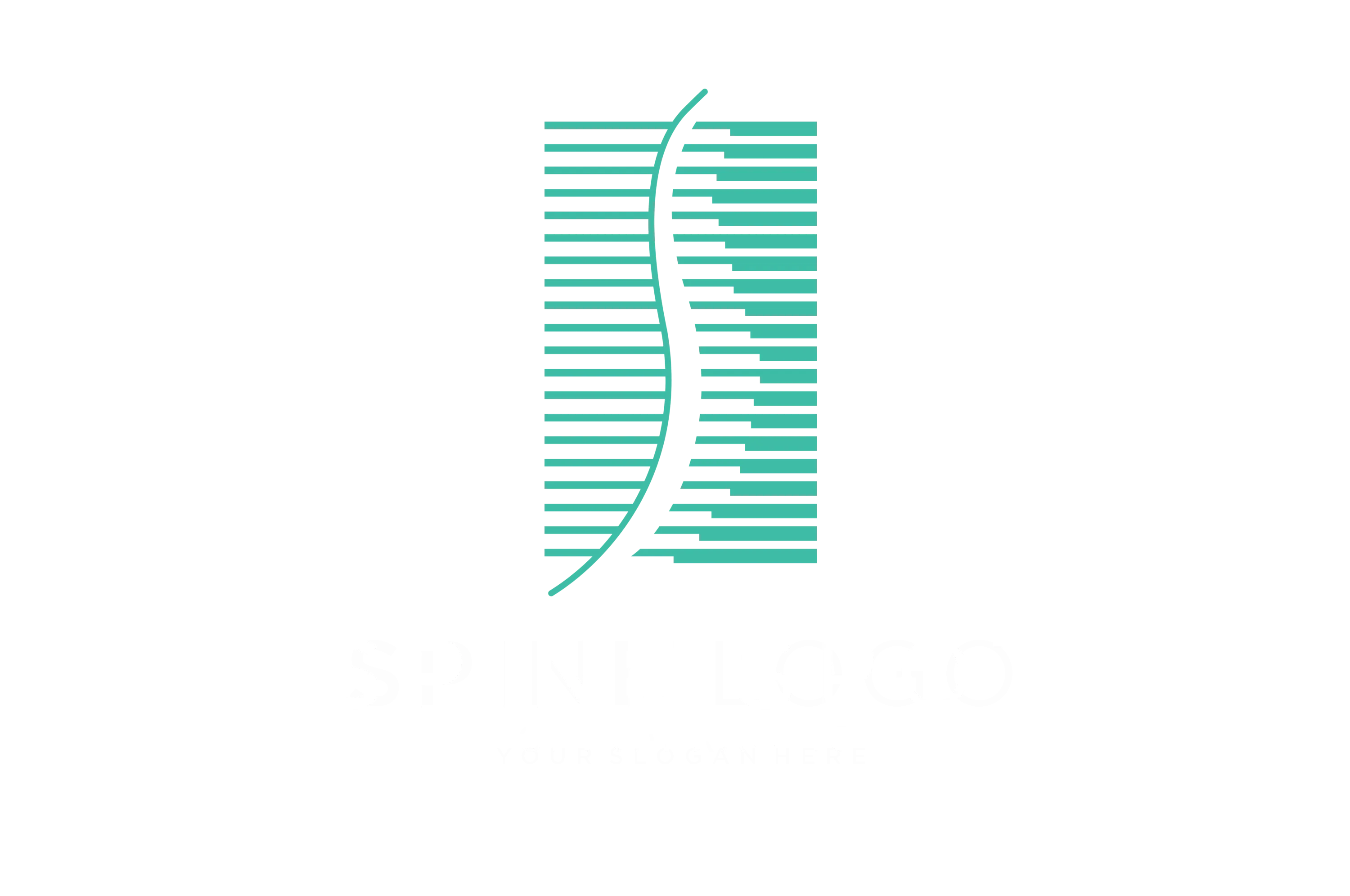
Spinal Decompression
Spinal decompression refers to the relief of pressure on the spinal cord or nerves, often associated with conditions such as herniated discs, spinal stenosis, or other forms of spinal compression. This non-invasive therapy involves stretching the spine using traction or decompression devices to alleviate pain and promote healing. In some cases, surgical intervention may be necessary to address severe spinal compression.
What is Spinal Decompression?
Spinal decompression therapy aims to alleviate pressure on the spinal column and nerve roots. By creating space between the vertebrae, spinal decompression therapy works to relieve pain caused by compressed nerves, bulging discs, or other spinal issues. The treatment may involve a series of sessions with a chiropractor or specialized equipment designed to target the affected area along the spine.
How does spinal decompression work?
Spinal decompression therapy involves the use of traction or decompression devices to gently stretch the spine. This process aims to create negative pressure within the spinal discs, alleviating the compression on spinal nerves and providing relief from pain caused by compressed nerves.
What conditions can be treated with spinal decompression therapy?
Spinal decompression therapy can be effective in treating conditions such as herniated discs, degenerative disc disease, facet syndrome, and spinal stenosis. It is often recommended for individuals experiencing chronic back pain, leg pain, or symptoms of nerve compression along the spine.
Are there different types of spinal decompression?
There are various forms of spinal decompression, including nonsurgical spinal decompression and surgical spinal decompression. The choice of treatment depends on the severity of the condition and the individual's overall health.
What is Spinal Decompression Surgery?
Spinal decompression surgery is a type of surgery that aims to relieve pressure on the spinal cord and nerves through various procedures such as laminectomy, discectomy, or spinal fusion. This surgical intervention may be recommended when nonsurgical treatments have not provided adequate relief or if the condition requires immediate attention to prevent further damage.
How does spinal decompression surgery relieve pressure on the spine?
During spinal decompression surgery, the surgeon removes a portion of the affected vertebra or disc, thereby alleviating the pressure on the spinal cord or nerve roots. This procedure aims to create space within the spinal canal, reducing compression and relieving symptoms associated with nerve impingement.
What are the risks and benefits of spinal decompression surgery?
As with any surgical procedure, spinal decompression surgery carries inherent risks such as infection, blood clots, or nerve damage. However, the potential benefits include significant pain relief, improved mobility, and the prevention of further neurological damage caused by spinal compression.
When is spinal decompression surgery recommended?
Spinal decompression surgery is typically recommended for individuals with severe and persistent symptoms of spinal compression, including weakness, numbness, and loss of bladder or bowel control. It may also be considered for patients with spinal instability or progressive neurological deficits.
What are the Causes of Spinal Compression?
Spinal compression can be caused by various conditions affecting the spinal column and its surrounding structures. Common causes include herniated discs, spinal stenosis, vertebral fractures, or the presence of tumors along the spinal canal. These conditions contribute to the narrowing of the spinal canal, leading to compression of the spinal cord or nerves.
What conditions can cause spinal compression?
Spinal compression can be attributed to conditions such as degenerative disc disease, spinal tumors, osteoarthritis, or spinal injuries. These underlying issues can result in the compression of spinal nerves, leading to symptoms such as pain, numbness, or weakness in the affected areas.
How does a herniated disc contribute to spinal compression?
A herniated disc occurs when the outer layer of a spinal disc becomes weakened or torn, causing the inner gel-like material to protrude and exert pressure on nearby nerves. This can lead to spinal compression, resulting in pain, tingling, or muscle weakness in the back or legs.
Can spinal stenosis lead to spinal compression?
Spinal stenosis, a narrowing of the spinal canal, is a common cause of spinal compression. This condition may result from age-related changes, spinal degeneration, or the formation of bone spurs, leading to the compression of the spinal cord and nerve roots, causing pain and discomfort.
Types of Non-Surgical Spinal Decompression
Non-surgical spinal decompression encompasses a range of therapeutic techniques designed to alleviate spinal compression without the need for invasive procedures. These treatments may include traction devices, spinal decompression tables, or manual manipulation by trained healthcare providers, offering a non-invasive approach to relieving back pain and related symptoms.
What are the different nonsurgical spinal decompression techniques?
Nonsurgical spinal decompression techniques may involve the use of specialized equipment to gently stretch and mobilize the spine, creating a negative pressure within the spinal discs. Manual manipulation by chiropractors and physical therapists can also provide relief from spinal compression through targeted exercises and spinal adjustments.
How effective is nonsurgical spinal decompression in relieving back pain?
Nonsurgical spinal decompression has shown promise in providing pain relief for individuals with chronic back pain, herniated discs, or spinal stenosis. By alleviating pressure on the spinal nerves and promoting the body's natural healing processes, non-surgical decompression can offer effective treatment for various spinal conditions.
Are there any risks associated with nonsurgical spinal decompression?
When performed by trained professionals, nonsurgical spinal decompression is generally considered safe and well-tolerated. However, individuals with certain health conditions such as fractures, tumors, or severe osteoporosis may not be suitable candidates for this form of treatment.
Comparing Surgical and Non-Surgical Spinal Decompression
Both surgical and nonsurgical spinal decompression aim to alleviate pressure on the spinal cord and nerve roots, albeit through different approaches. Surgical spinal decompression involves invasive procedures to physically create space within the spinal canal, whereas nonsurgical techniques utilize traction or manual manipulation to achieve the same effect.
What are the differences between surgical and nonsurgical spinal decompression?
The primary difference lies in the approach taken to relieve spinal compression: surgical intervention directly addresses structural issues within the spine, while nonsurgical methods focus on mobilizing the spine to alleviate pressure and promote healing without invasive means.
Which type of spinal decompression is more suitable for different conditions?
The choice between surgical and nonsurgical spinal decompression depends on the severity of the spinal condition, the individual's overall health, and their response to conservative treatments. While nonsurgical decompression is often the initial approach, surgical intervention may be necessary for cases of severe spinal instability or progressive neurological deficits.
What are the success rates for both types of spinal decompression?
Both surgical and nonsurgical spinal decompression have demonstrated positive outcomes in relieving symptoms associated with spinal compression. Success rates vary depending on individual factors, the specific condition being treated, and the adherence to post-treatment rehabilitation and care.
Anatomy Affected by Spinal Decompression
The spinal column, or vertebral column, is a remarkably stable structure made up of vertebrae (bones) that protect the spinal cord. Between each of the vertebrae is a disc that is made of cartilage. There are nerves that begin at the spinal cord and travel through a small hole (called a foramen) in the side of each vertebra to the rest of the body. The nerves are responsible for detecting changes in temperature and position as well as signaling muscles and producing pain when the nerves are irritated, injured or damaged. Gravity and physical activity can put pressure on our spinal column throughout each day. That pressure “squeezes” out a little bit of fluid from the discs, and the body rehydrates the disc at night when we are at rest. Imagine a kitchen sponge: When it’s wet, the sponge is softer and can absorb some shock. The more we squeeze it, the more water comes out—but when we add water to a dry sponge, it quickly absorbs the water and puffs up. This is similar to the way our discs work.
Spinal decompression affects the discs and nerves in the spine the most. In a healthy spine, the edges of the vertebrae and discs are stacked on top of one another to form a smooth curve, and the nerves between the vertebrae have plenty of space. However, over time, or sometimes because of an injury, degeneration, or inflammation, the discs can become flatter. This puts pressure on the nerves and can cause pain, weak muscles, and/or changes in our sense of touch. In these cases, the discs need a little more room to rehydrate and allow for optimal space for the nerves that exit the spinal cord. Spinal decompression works to create some extra space between each of the vertebrae using gentle traction, which in return helps promote the movement of water, oxygen, and nutrient-rich fluids into the discs.
What Does Spinal Decompression Feel Like?
Spinal decompression feels like strong but gentle stretching of the neck or lower back, depending on the area being treated. For example, if the problem is in your lower back, a harness will be placed around the abdomen and just above the hips, and you may have a bolster or small stool under your legs. The harness should be tight and secure, but not so tight that you can’t breathe comfortably. When the pulling begins, you may feel your entire body shift slightly for a few seconds, and then you will feel a gentle pull on the lower back. We will closely monitor you to make sure there is no discomfort during therapy. A device known as a flexion-distraction table may also be used, which is a flexible table that gently flexes the body in repeated motions to open spaces between the vertebrae.
Conditions Helped by Spinal Decompression
Spinal decompression may be an appropriate therapy for a number of conditions. Besides back or neck pain, spinal decompression may be used to treat conditions affecting discs and nerves, such as sciatica, bulging or herniated discs, degenerative disc disease, or posterior facet syndrome (a condition where the spinal joints in the back are worn and don’t move well anymore). We may also use spinal decompression for other conditions that begin in the neck or back and cause pain, numbness, tingling, weakness, or loss of sensation in other parts of the body. A physical and neurologic examination in the office will help determine if spinal decompression is an appropriate therapy for you. Please let us know if you’d like to discuss spinal decompression therapy further.
More Chiropractic Techniques and Physiotherapies
- Electrical Muscle stimulation
- Spinal Decompression
- Spinal Manipulation/Adjustment
- Therapeutic Ultrasound



